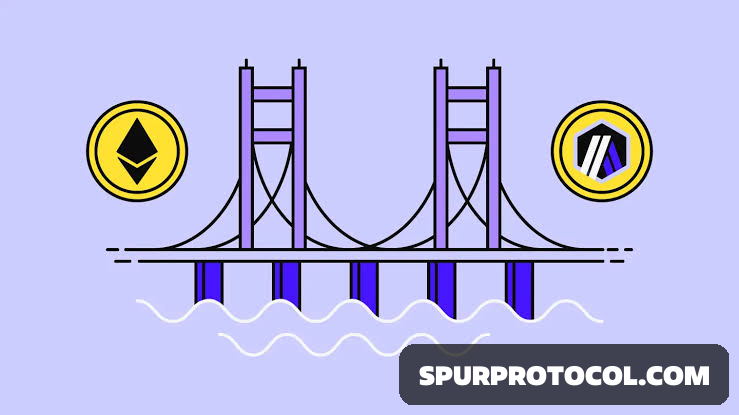Understanding Chain Bridging
This Article Breaks Down What Chain Bridging Really Is
Go Back

🕒 10:56 AM
📅 May 24, 2025
✍️ By Lilethangeorge
What Exactly Is Bridge Tracing?
Bridge tracing involves tracking the movement of assets across different blockchains using bridges, which enable interoperability between networks. This process varies in complexity depending on the bridge and transaction details.
Chain IDs and Their Importance
Chain IDs are unique identifiers for each blockchain network, crucial for identifying the origin and destination of transactions. Recognizing the correct Chain ID is the first step in tracing a transaction across chains.
Tracing Simple Transactions
Simple bridge transactions often involve transfers between EVM-compatible chains using the same wallet address. These can be easily traced by checking the receiving wallet on the destination chain’s explorer.
Decoding Transaction Input Data
For more complex transactions, you may need to decode the input data in the transaction logs. Decoding reveals essential details like the destination chain and recipient address, helping you trace the transaction accurately.
Using Timing Analysis for Tracing
When explicit details are not available, timing analysis helps match transactions by comparing the time and amount of assets sent across chains. This technique is particularly useful when tracing less straightforward bridge transactions.
Practical Application of Bridge Tracing Techniques
Practice tracing real bridge transactions using Chain IDs, decoding input data, and timing analysis. This hands-on approach will solidify your understanding and prepare you for more complex scenarios. Learn more in the blog post link.

